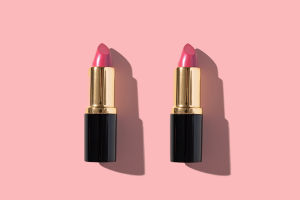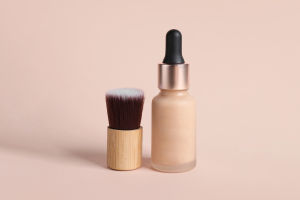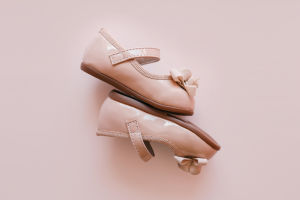Makeup is not just a way to enhance your appearance, but also a form of self-expression.
Whether it's for daily outings, parties, or special occasions, makeup can boost our confidence and charm.
For makeup beginners, the wide variety of products available on the market can be overwhelming.
Today, we will guide you through the basics of makeup products and help you create your own makeup style from scratch.
Basic Categories
Makeup products come in various types, each catering to different facial needs. As a beginner, it's important to understand the function and purpose of each category. The main categories of makeup are as follows:
1. Base Makeup: This includes primer, foundation, concealer, and setting powder. The purpose of base makeup is to create a smooth canvas, correct skin tone, cover blemishes, and ensure the makeup lasts longer. Beginners can start with a lightweight foundation or BB cream, as these products provide coverage without feeling heavy on the skin.
2. Eye Makeup: Eye makeup includes eyeshadow, eyeliner, and mascara. The eyes are the focal point of the face, and eye makeup can change the shape and expression of the eyes. Beginners can start with simple brown eyeshadows to avoid complex techniques.
3. Brow Makeup: Brow pencils, brow powders, and brow gels help shape and define the eyebrows, enhancing facial contours. Natural and well-defined brows make the makeup look more harmonious. Beginners are recommended to use an easy-to-apply brow pencil in a light shade to avoid harsh-looking brows.
4. Lip Makeup: Lipstick and lip gloss add color and vibrancy to your overall look. For beginners, choosing natural shades of lipstick that complement your skin tone is a great place to start.
Pre-Makeup Preparation
Before applying makeup, cleansing and moisturizing are essential. Cleansing removes dirt and excess oils from the skin, creating a clean base for the makeup.
Moisturizing provides hydration, preventing makeup from settling into dry patches or becoming cakey. It’s best to use a gentle cleanser and a hydrating moisturizer to ensure your skin is in the best condition.
Basic Makeup Steps
1. Priming: Start by applying a primer (or primer serum) evenly on your face. This helps smooth the skin, minimize pores, and improve makeup longevity.
2. Base Makeup: Choose a foundation that matches your skin tone, and apply it evenly using a makeup sponge or brush to cover blemishes and uneven skin tone. Use concealer to address specific issues like dark circles or acne. Finish by applying setting powder to keep your makeup in place.
3. Eye Makeup: Apply a simple eyeshadow, using lighter shades to add a natural glow to your eyelids. Use an eyeliner pencil to gently line your eyes, enhancing their expressiveness. Finish with mascara to lengthen and define your lashes, adding depth to the eyes.
4. Brow Makeup: Fill in sparse areas of your brows using a brow pencil or powder. The inner part of the brow should be lighter, while the tail should be slightly darker, ensuring a natural gradient.
5. Blush and Contouring: A touch of blush adds life and dimension to your face. Choose a blush that suits your skin tone and sweep it lightly over the apples of your cheeks. For contouring, use a shade slightly darker than your skin tone to define the sides of your face and chin, enhancing the facial structure.
6. Lip Makeup: Choose your favorite lipstick shade and apply it evenly. Beginners can opt for matte lipsticks, as they are less prone to smudging.
Makeup is a skill that takes time and patience to master. At first, it may seem complicated, but with practice, it will become easier. The most important thing is that makeup is not just an external decoration but a way to boost confidence and express personal style. It is hoped every beginner can find their own beautiful expression through makeup.


